How to stop sofa cushions sagging – easy fixes that will keep it looking plump and new
From prevention to DIY fixes, our sofa experts share their top tips for keeping your sofa in good shape


If you have a sofa that you love dearly (and we hope that you do) then the last thing you want to see is any sagging on your sofa cushions. And yet, it’s a very common issue. So how to stop sofa cushions from sagging and prevent them from getting into such a sorry state in the first place?
As with anything, prevention is the best medicine. And it’s the same with keeping your best sofa’s seat cushions from sagging. Because let’s be honest – the back cushions are rarely ever the issue, it’s always the seat ones that are problematic.
However, even if you find your sofa cushions sagging, there are still ways to rescue and revive them. So this is how to bring your sofa back to its best shape and keep it that way according to sofa experts.

Why are your sofa’s cushions sagging?
Before we get into the living room sofa ideas for keeping your cushions from sagging, it’s important to know what exactly causes said sagging. That way, you can try to avoid certain habits and adopt others in order to prevent damage to your sofa.
‘The main cause is simply regular use,’ says Kelly Collins, interior designer and head of creative at Swyft. ‘It depends on the filling, and if you don't take care of your cushions, they will sag more quickly, making it harder to fix them. Sitting in the same spot every day can contribute to sagging.’
James Sheldon, sofa expert and owner of Online Sofa Shop, continues, ‘Repeatedly sitting in the same place on a cushion can lead to uneven wear, resulting in it sagging. This is because weight concentrated in one area compresses the foam, which gradually loses its shape, causing that spot to sink over time.’
Another top reason for sofa sagging is low-quality filling material. ‘Low-quality foam cushions are more likely to lose shape and sag with everyday use. This is because low-density foams compress more easily, which makes them more uncomfortable over time,’ James says.
Get the Ideal Home Newsletter
Sign up to our newsletter for style and decor inspiration, house makeovers, project advice and more.
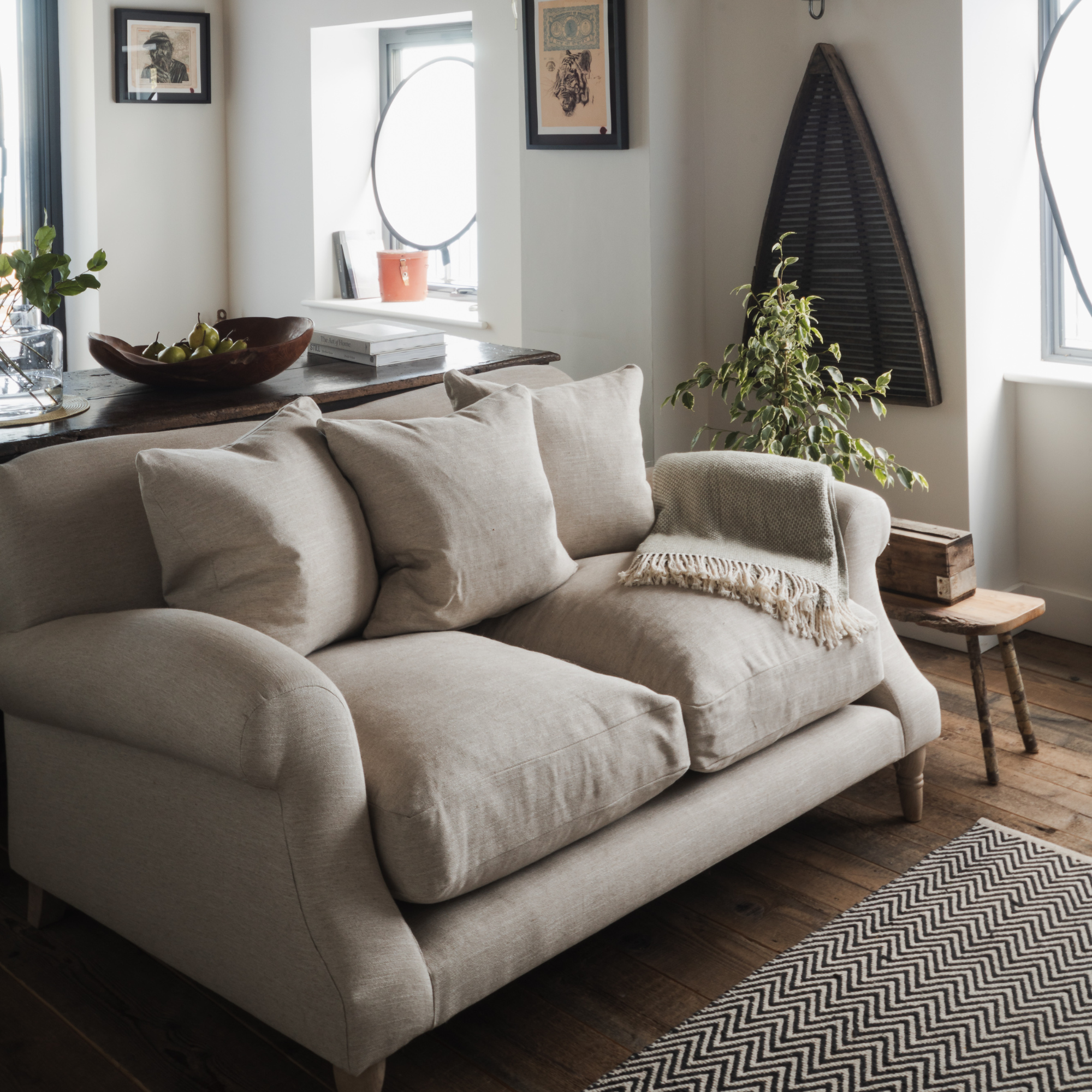
1. Fluff cushions regularly
It doesn’t sound like much but actually fluffing your sofa cushions regularly goes beyond purely aesthetic purposes – in fact, it’s part of necessary cushion maintenance.
‘Sagging sofa cushions can be such a nuisance, and they take away from that comfy, put-together look we all want,’ says Ayan Abdi, product manager at Zinus. ‘To keep them in shape, try to regularly tuck and fluff each cushion. It’s a quick fix that not only keeps the sofa looking inviting but also makes it much more comfortable.’
James at Online Sofa Shop goes even as far as suggesting to ‘beat’ your sofa cushions, ‘It might seem counterintuitive, but beating your sofa cushions can help loosen compacted fillings and stop them from sagging. Hold the cushions upright and use your other hand to firmly smack both the front and back to fluff them back up. This is especially useful for cushions with looser filling. It is also a good way to clean out dust and crumbs trapped in the fabric.’

2. Have them refilled
One of the recent living room trends for sofas emerging from social media is refilling your sofa cushions if they start to sag or you simply find them too soft or not firm enough, much like Roxanne Hudson of @ourneutralground on Instagram has done. But is this something the experts recommend?
‘Once cushions start to sag, you can fluff them up, but if the internals are compressed, it's difficult to restore them fully. I recommend getting them refilled, either through your supplier (check if it's covered under warranty). If you have loose cushions, you can usually swap these out for free. It's best to consult your supplier to see if they can help, or consider reaching out to a local professional,’ Kelly at Swyft says.

This could also be an easy DIY project if you wanted to refill the cushions yourself as Roxanne has done with a new, firmer foam insert like this one at Amazon.
‘For a sofa with detachable cushions, you don’t need a professional to refill them. Just simply remove the covers and examine the filling. Measure and purchase new filling material if needed, and then carefully insert it back into the covers. Try to use the same material that is already in the sofa to begin with, but standard foam works well if you can’t find an exact match. Cut the foam pieces to be slightly longer than the cushion length and trim them down if needed. Add the foam in layers, and check how the cushion feels after each addition to make sure it's comfortable for you,’ James at Online Sofa Shop says.
Monika Puccio, head buyer at Sofa Club, adds, ‘Refilling can restore shape and comfort. Choose high-quality foam for seat cushions and softer fill for back cushions to improve cushion life and support. Simple refills, like adding foam, can be DIY. For complex materials or custom shapes, professionals provide more polished results and have access to specialised tools.’

3. Rotate and flip your cushions
Unlike stopping your sofa cushions from sliding, keeping them from sagging can be as simple as regularly rotating and flipping them. As already mentioned, repeated sitting on the same spot is the leading cause of sagging. But by rotating and flipping the cushions you ensure that you’re not actually sitting on the same exact spot time and time again.
‘It might not seem like it would be effective, but rotating and flipping your cushions is often the best step to address sagging cushions. Flipping helps redistribute the stuffing, balancing the wear across the cushion. Meanwhile, rotating the cushion helps prevent specific spots from wearing down faster than others, keeping them in better shape overall,’ James at Online Sofa Shop says.
Our top sofa picks
According to our sofa experts, high-density foam seat cushions require the least amount of maintenance and pose a lower risk of sagging. So these are out favourite sofas with high-density foam seat cushions.
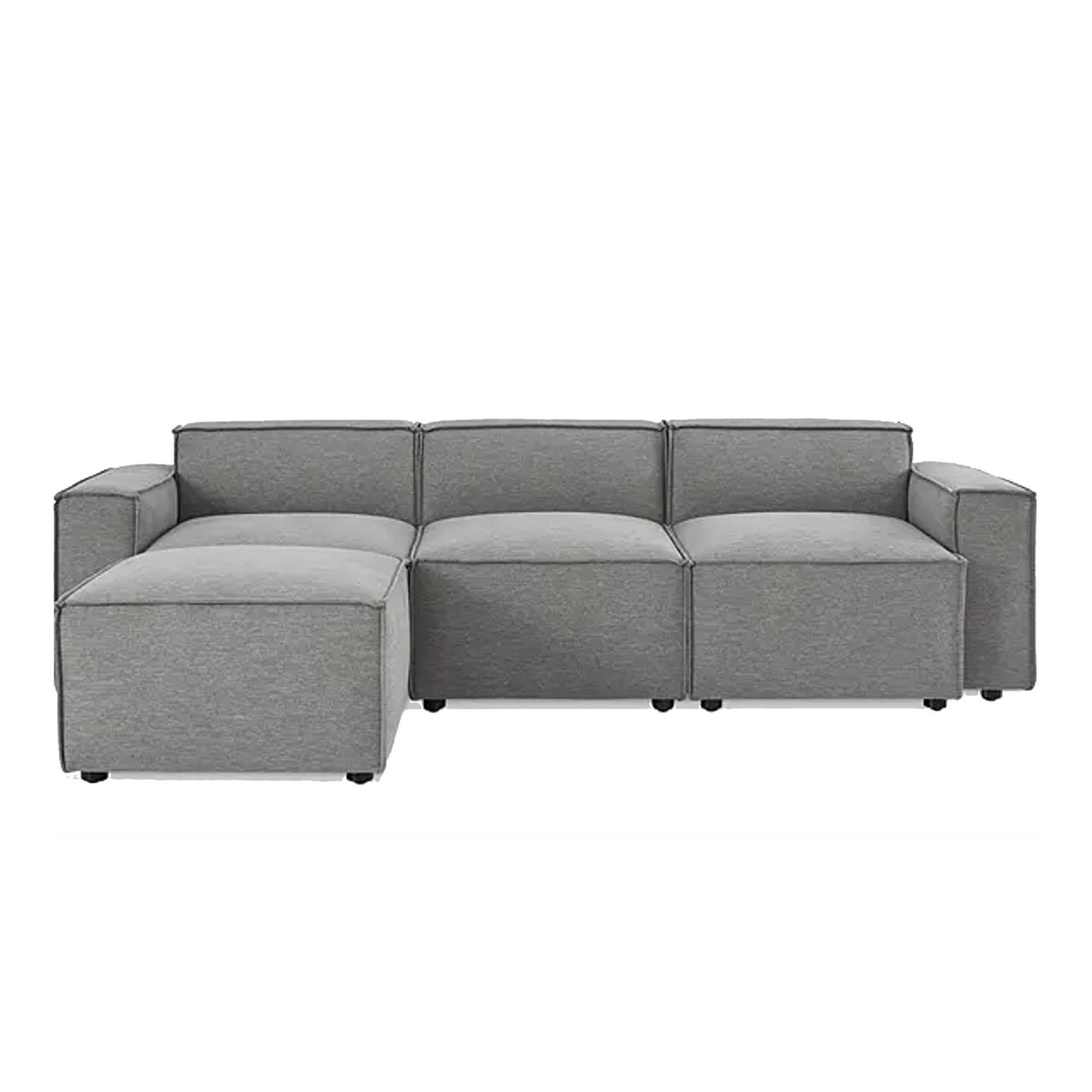
Swyft's Model 03 sofa is one of our top-rated, best modular sofas. And just sofas in general. And it so happens that both the seat and back cushions are filled with high-density foam, ensuring a firm and long-lasting finish.
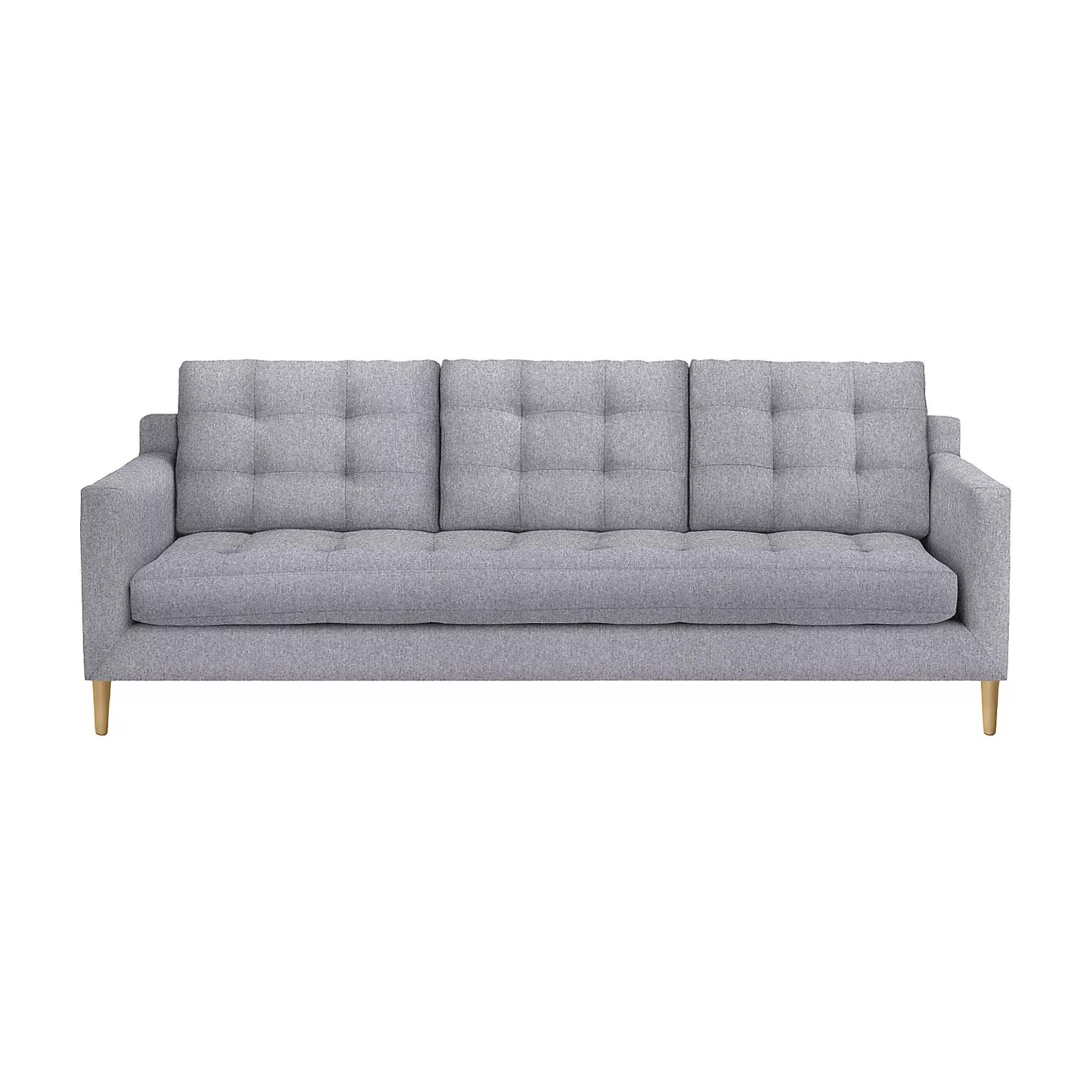
Having earned the title of the best sofa overall in Ideal Home's buying guide to best sofas, the John Lewis Draper sofa gets our reviewers' stamp of approval as a good investment sofa that will last. But it also comes with a fibre-wrapped foam seat cushion that's easy to flip and rotate, too.
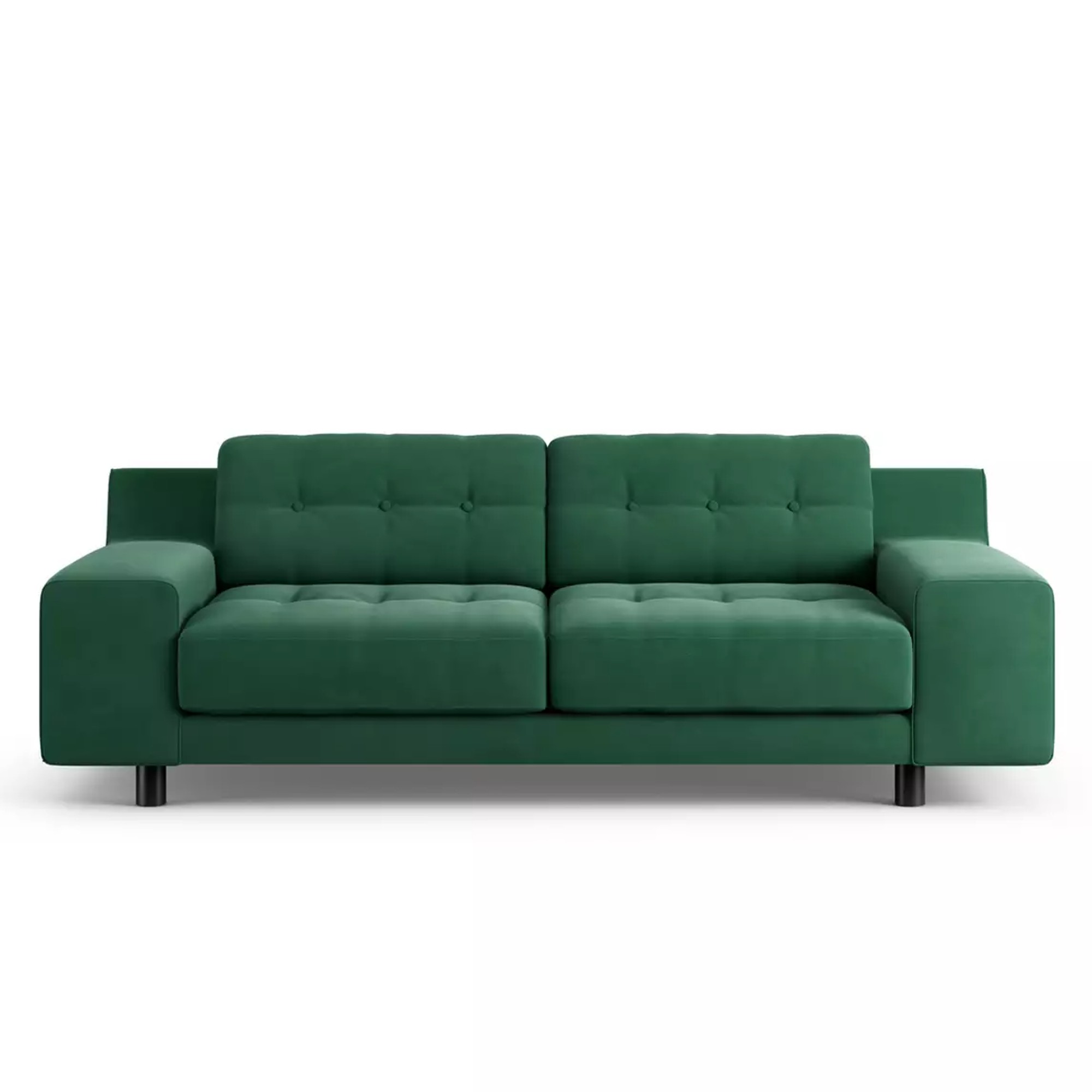
Ranked as the best value large sofa in our best sofa buying guide, the Habitat Hendricks design perfectly balances comfort, style and price. And the loose seat cushions are filled with high-density foam further wrapped with thick fibre filling.
FAQ
How do you fix a sagging couch with fixed cushions?
When it comes to sofas with fixed cushions, it’s best to go to a professional who will be able to refill them for you. And it’s not recommended to attempt this by yourself.
‘Fixing a sagging sofa with non-removable cushions is a bit trickier,’ says James Sheldon, sofa expert and owner of Online Sofa Shop. ‘For the best results, it’s worth consulting an upholstery expert. They can open the cushions, replace the old filling with high-density foam, and re-stitch them, restoring the sofa's original support without damaging its appearance.’
These expert-approved cushion maintenance tips will keep your sofa looking its best for years to come.

Sara Hesikova has been a Content Editor at Ideal Home since June 2024, starting at the title as a News Writer in July 2023. She is now also the Ideal Home Certified Expert in Training on Furniture, and so far has tested 80 different sofas.
Graduating from London College of Fashion with a bachelor’s degree in fashion journalism in 2016, she got her start in niche fashion and lifestyle magazines like Glass and Alvar as a writer and editor before making the leap into interiors, working with the likes of 91 Magazine and copywriting for luxury bed linen brand Yves Delorme among others.
-
 A top-to-bottom renovation has turned this Edwardian house into a lovely family home
A top-to-bottom renovation has turned this Edwardian house into a lovely family homeWith a few considered structural changes, this period house has been turned into a family home and has created a sanctuary for years to come
By Maxine Brady
-
 How to heat a conservatory
How to heat a conservatory7 practical options to consider for year-round comfort
By Amy Reeves
-
 Blueberry is the ‘it’ blue this spring - but these are the 3 colours you should never pair with it, according to experts
Blueberry is the ‘it’ blue this spring - but these are the 3 colours you should never pair with it, according to expertsAvoid overpowering your space by avoiding these three bold colours
By Kezia Reynolds
-
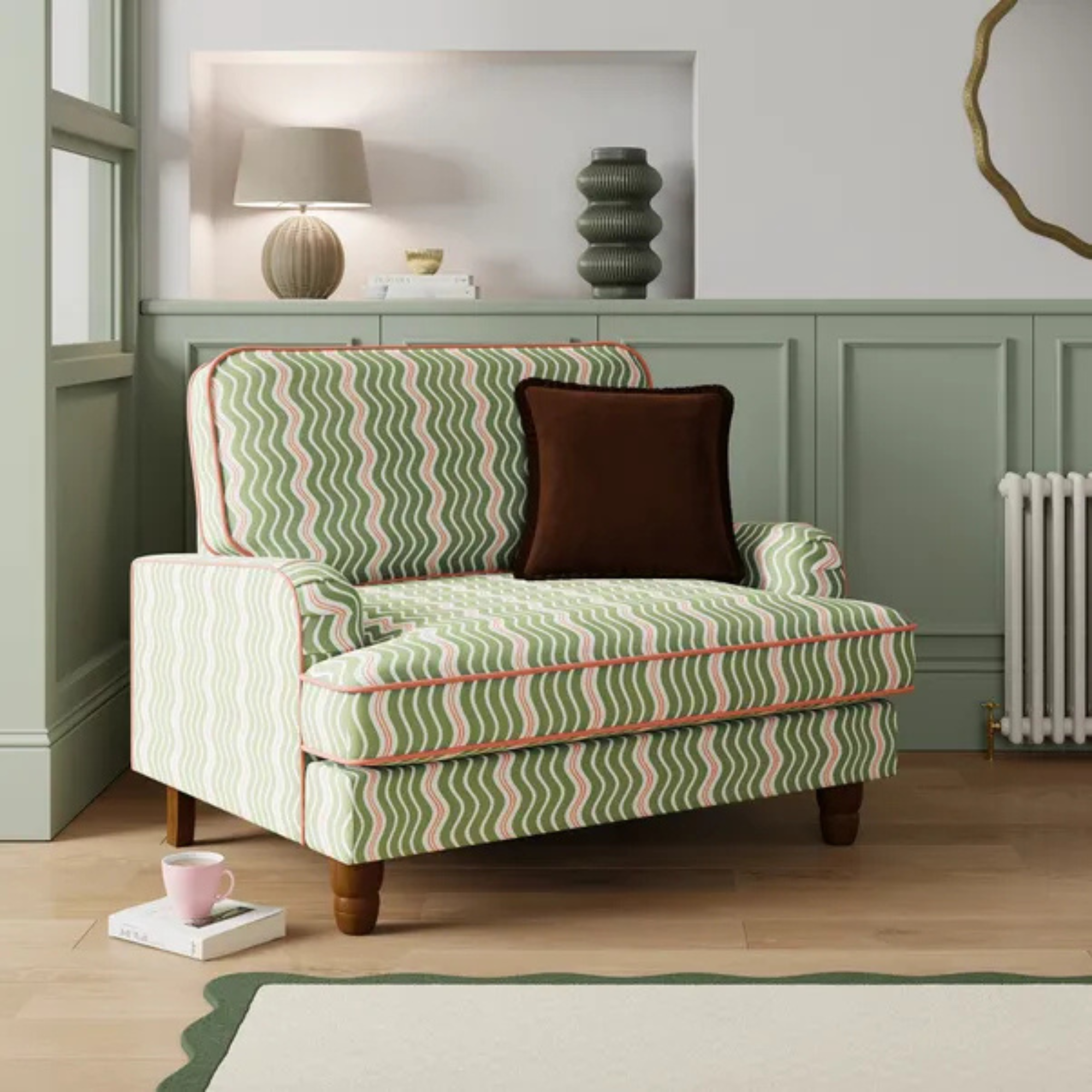 Dunelm has given its cult snuggle chair a new look - it's swapped classic stripes for another emerging pattern trend
Dunelm has given its cult snuggle chair a new look - it's swapped classic stripes for another emerging pattern trendI'm obsessed with this fresh new style
By Kezia Reynolds
-
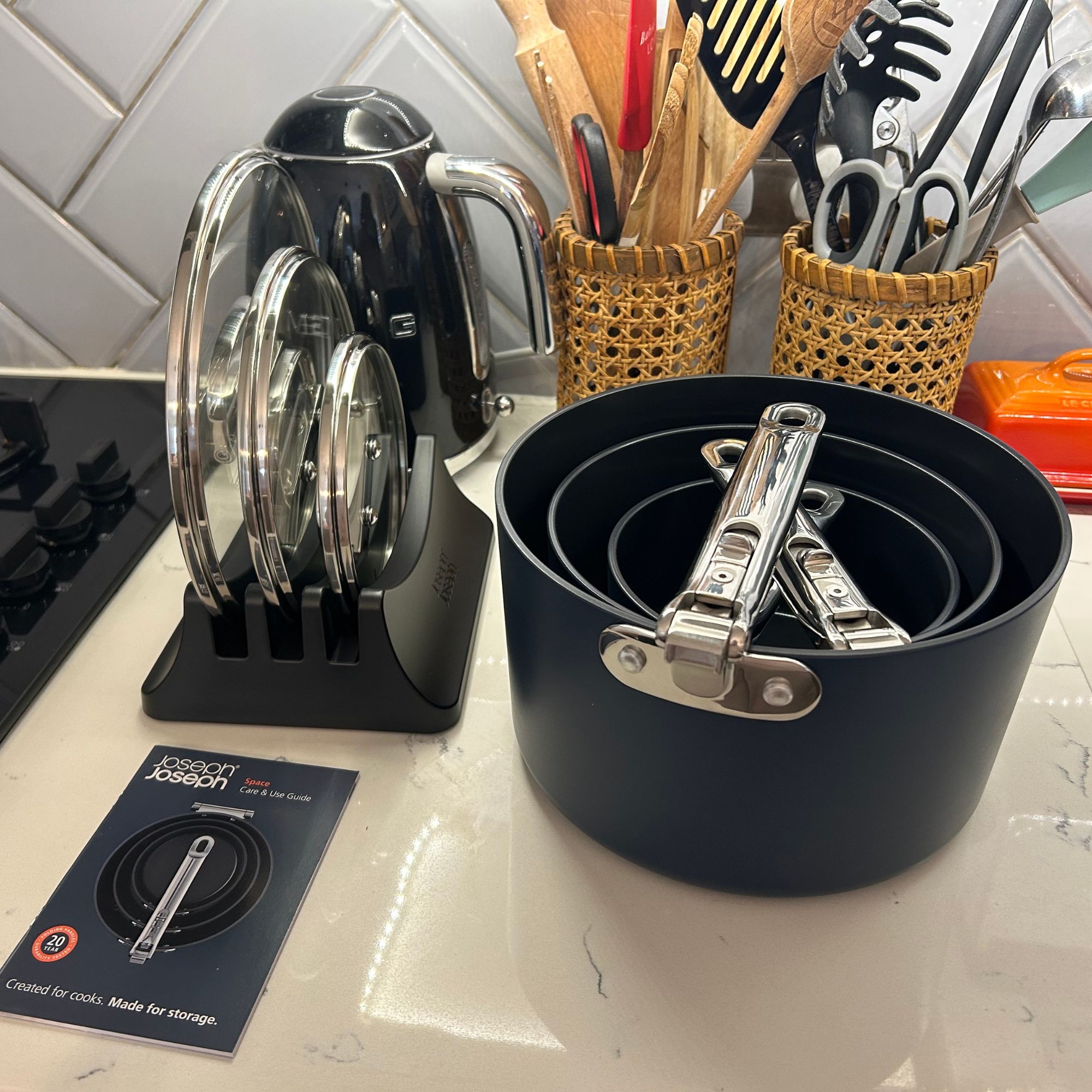 I tried Joseph Joseph's pan set with foldable handles – the space-saving design is just one of the many highlights
I tried Joseph Joseph's pan set with foldable handles – the space-saving design is just one of the many highlightsSmall kitchen? I tested this innovative Joseph Joseph space-savvy set which has foldable handles — and I loved it
By Annie Collyer
-
 As a stylist, I spend hours looking for bedding for photoshoots, and I just spotted these 6 expensive-looking sets at M&S
As a stylist, I spend hours looking for bedding for photoshoots, and I just spotted these 6 expensive-looking sets at M&SGet a little luxury at a high-street price
By Laurie Davidson
-
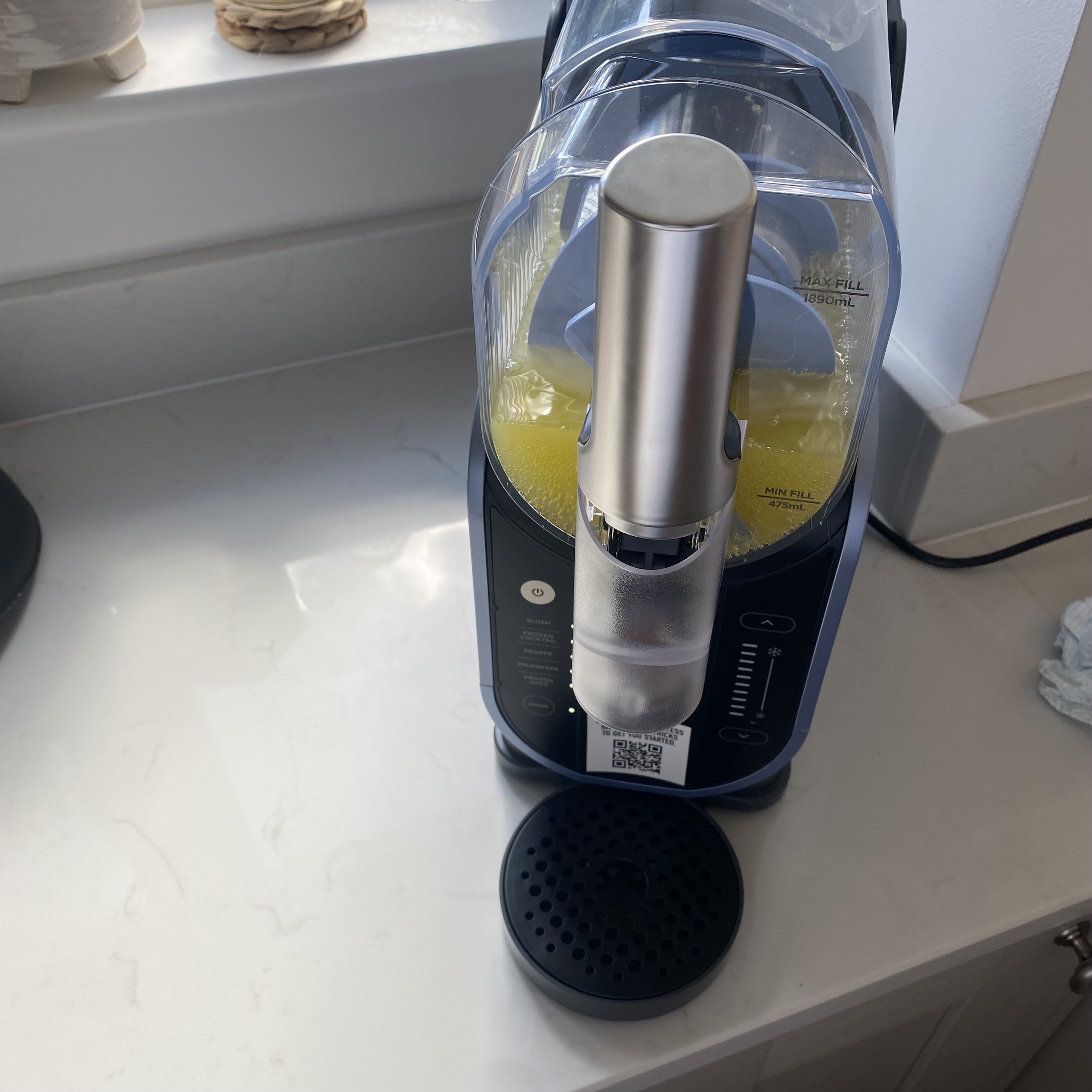 I've been waiting to try out the Ninja Slushi for months – this is what happened the first time I tried it
I've been waiting to try out the Ninja Slushi for months – this is what happened the first time I tried itThe Ninja Slushi is the stuff of dreams for summer entertaining
By Molly Cleary
-
 IKEA has drenched its BILLY bookcase in this year’s ‘it’ colour - but you’ll have to act fast if you want to get your hands on one
IKEA has drenched its BILLY bookcase in this year’s ‘it’ colour - but you’ll have to act fast if you want to get your hands on oneI'm obsessed with this gorgeous limited-edition colourway
By Kezia Reynolds
-
 My go-to Ninja coffee machine just had a major price drop. It's more affordable than I've seen it before
My go-to Ninja coffee machine just had a major price drop. It's more affordable than I've seen it beforeIt makes coffee shop quality achievable at home
By Molly Cleary
-
 I'm a kitchen decor editor and didn't like this tableware trend - until I saw H&M Home's designer-look plates
I'm a kitchen decor editor and didn't like this tableware trend - until I saw H&M Home's designer-look platesThey made it easy to justify a new crockery set
By Holly Cockburn
-
 Have we just had a sneak peek at Ninja's plans for pastel air fryers? These new US-exclusive Crispi colours are giving us hope for the same in the UK
Have we just had a sneak peek at Ninja's plans for pastel air fryers? These new US-exclusive Crispi colours are giving us hope for the same in the UKNinja's spring colours collection i the US has sparked some serious appliance envy
By Molly Cleary